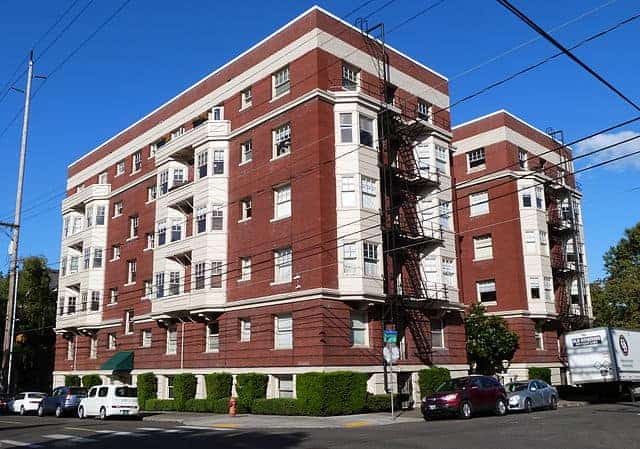Back in November, Fool.ca contributor Chris MacDonald explained that Killam Apartment REIT (TSX:KMP.UN) was 15% undervalued; since then it’s risen by 9.2%, suggesting there’s still time for investors to get on what might be one of the Maritime’s best-kept secrets.
When investors think of public companies headquartered in the Atlantic provinces, names such as Empire Company Limited or Fortis Inc. come to mind.
However, if you’re an income investor, Halifax-based Killam and its 4.8% dividend yield are a real estate stock you’ll want to add to your watch list, because you just might make a killing from it.
I first became familiar with Killam because of an article I read in The Globe and Mail back in 2010 about its ownership of 55 manufactured-home communities in seven provinces and how it was consolidating mom-and-pop operations across the country.
Over the years, I’ve found my biggest winners are usually companies that are consolidating or disrupting industries and sectors. Another trait of 10-baggers is making and saving people money. Not everybody can afford to live in million-dollar condos. I became smitten by its business model.
I forgot about the company for a few years until visiting my wife’s family in Charlottetown two summers ago and happened to notice the name “Killam” on the door at the entrance to my wife’s aunt’s apartment building. It immediately jogged my memory.
It turns out that multi-family real estate is a much bigger piece of the Killam pie. In fact, its manufactured-home communities now generate just 9% of its net operating income (NOI), while apartments represent the lion’s share of its NOI at 89%; commercial properties make up the remaining 2%.
Headquartered in Nova Scotia, it only makes sense that Killam generates 43% of its NOI from the province. In total, the Maritimes account for 79% of Killam’s overall NOI. The largest non-Maritime province is Ontario at 19%.
Killam’s three-pronged business strategy is very easy to understand:
- Grow the earnings of its existing properties;
- Buy additional quality properties that immediately make money for the REIT; and
- Develop new properties in existing markets.
That last point isn’t something I was aware Killam did, but it certainly makes sense. The company completed its first development in 2011, investing more than $130 million in the six years since.
It’s important that investors understand the significance of this third point. Killam makes more money from new developments than it does through acquisitions.
Its biggest project to date was a 122-apartment complex in Cambridge, Ontario, which opened for rental in spring 2015. It cost $27 million to build; it’s worth $4 million more just two years later. A second building is under construction in Cambridge that will add 93 units when completed. Given the first one took just five months to hit 80%, investors can expect the second to generate significant rental income in a hurry.
As of March, Killam had more than 1,300 units in the development pipeline, ensuring that its future NOI keeps rising.
How safe is the $0.62 annual distribution? Very.
Killam’s current payout is 79% of its adjusted funds from operations (AFFO) down substantially from 2014 when it was 98% of AFFO. Meanwhile, its debt is a reasonable 51.6% of total assets. Interest coverage is going up, while debt is going down due to consistent growth of its cash flow.
There might be bigger multi-family REITs in Canada, but Killam is making great strides and is only $60 million away from a billion-dollar market cap. Get in now and ride its growth to $2 billion sometime in five to seven years.








